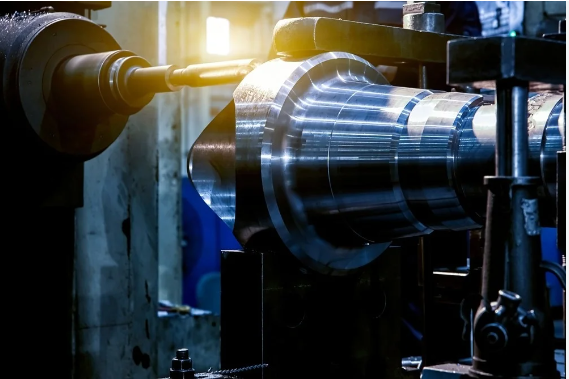
Rotational Molding: The History in Technology
Rotational molding is a procedure that was conceived inside the late 1950s by Richard W. Boulanger, an engineer for Basic Electric Plastics Company. On September 28, 1956, the very first patent was registered and given on October 17, 1960, as US Patent 2,912,991 – “Means of Immersing Plastics Substance.” It provides since come to be probably the most well-liked strategies for producing plastic-type material products with complicated styles or slim surfaces. With this post, we will investigate Rotational Molding came into existence.
The procedure is used to generate pieces with some other sizes and shapes, from sizeable car parts to tiny computer hardware items. It’s typically done being an automatic method using personal computer controls for serving the molten plastic into molds or directly onto surfaces that happen to be perpendicular to the axis of rotation.
Rotational molding has numerous pros:
•It may create complex three-dimensional forms swiftly.
•Materials cool faster when compared with other shot molding.
•Machine establish-up time is small simply because products goes instead of shifting jigs quality handle is simpler due to reduced generation runs (reducing the amount of problems) costs are lower per aspect because there’s no need for costly molds, and pattern time for almost all specifics is far below with other strategies.
The procedure commences by launching a hopper with raw plastic material pellets or chips, then giving these in the heated up barrel of the extruder where by they may be dissolved under high-pressure to create a “green” hose called a parison – typically about. The fungus closes with this tubes while it’s still popular so that each shape might take its final curve because the fabric cools down and hardens – in some instances prior to being ejected through the equipment.
This means you don’t must wait around for several hours after melting down your plastic materials before beginning generation once again. Plastic materials technology journal reviews: “In a single-shot rotational molding models, molten plastic needs by way of a pass away go to the shut fungus cavity on one part of your machine. The rod then rotates to release the molded merchandise at proper facets, and laterally, to the unique placement.”